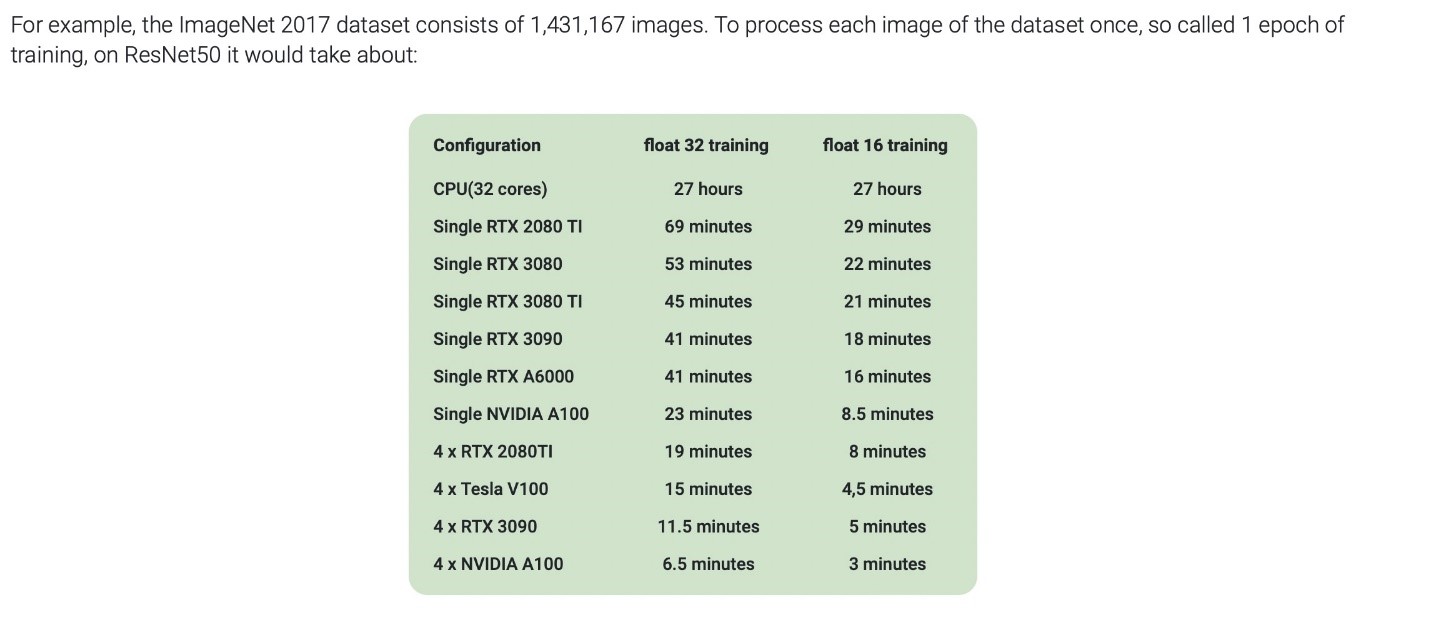Infrastructure Requirements
Infrastructure requirements for a software solution which involves Large Language Model (LLM). An LLM is a type of deep learning model used for various Natural Language Processing (NLP) tasks, such as text generation, translation, sentiment analysis, question-answering, etc.
Since LLMs are computationally intensive, the infrastructure needs to be well-designed to support both development and inference tasks effectively. Each phase requires a specific infrastructure setup to ensure efficient model creation, training, and deployment. By considering both on-premises and cloud-based options for LLM development and inference, you can tailor the infrastructure to meet specific requirements, budget constraints, and scalability needs. The adoption of MLOps practices ensures efficient collaboration, continuous improvement, and reliable model deployments across both environments throughout the entire lifecycle of the LLM software solution.
Here's a step-by-step guide to setting up the infrastructure:For effective LLM development, the choice of hardware is paramount, given the demanding computational requirements for training deep learning models.
Development- On-Premises: Optimal hardware entails high-end workstations or servers equipped with powerful GPUs to facilitate efficient LLM training.
- Cloud: Cloud-based GPU instances present a scalable and flexible alternative to cater to diverse project resource needs
- On-Premises: Dedicated servers featuring GPUs or robust CPUs are recommended for low-latency, secure inference.
- Cloud: Cloud-based solutions, often cost-effective and scalable, offer a means to deploy LLM models as API endpoints.
| Cloud | GPU Type | GPU Arch | GPUs | GPU RAM | vCPUs | RAM | On-demand | Name |
|---|---|---|---|---|---|---|---|---|
| AWS | A100 (80 GB) | Ampere | 8 | 640 | 96 | 1152 | 40.97 | p4de.24xlarge |
| AWS | A100 (40 GB) | Ampere | 8 | 320 | 96 | 1152 | 32.77 | p4d.24xlarge |
| AWS | V100 (16 GB) | Volta | 1 | 16 | 8 | 61 | 3.06 | p3.2xlarge |
| Azure | A100 (80 GB) | Ampere | 1 | 80 | 24 | 220 | 3.67 | NC24ads A100 v4 |
| Azure | K80 (12 GB) | Kepler | 1 | 12 | 6 | 56 | 0.90 | NC6 |
| Azure | K80 (12 GB) | Kepler | 2 | 24 | 12 | 112 | 1.80 | NC12 |
| Azure | K80 (12 GB) | Kepler | 4 | 48 | 24 | 224 | 3.60 | NC24 |
| GCP | A100 (40 GB) | Ampere | 1 | 40 | 12 | 85 | 3.67 | a2-highgpu-1g |
| GCP | T4 (16 GB) | Turing | 1 | 16 | 8 | 52 | 0.82 | n1-highmem-8 |
| GCP | T4 (16 GB) | Turing | 2 | 32 | 16 | 104 | 1.65 | n1-highmem-16 |
| GCP | P4 (8 GB) | Pascal | 4 | 32 | 16 | 104 | 3.35 | n1-highmem-16 |

Storage considerations for LLM development and inference are rooted in high-capacity and high-speed options to accommodate sizable datasets and model checkpoints.
Development- On-Premises: Reliable SSDs or HDDs on local servers enable effective storage of training data and model checkpoints.
- Cloud: Scalable and cost-efficient cloud storage services ensure seamless accessibility during both training and deployment phases.
Storage solutions should align with the deployment environment to ensure efficient data handling
- - On-Premises: On-site storage setups efficiently manage LLM model files and accommodate incoming inference data.
- - Cloud: Cloud storage services are equally effective for model artifacts and incoming inference data.
Ample RAM is vital for facilitating efficient data preprocessing and model training during the development stage.
- On-Premises: Sufficient RAM on local machines or servers mitigates memory-related bottlenecks during LLM training.
- Cloud: Cloud instances with suitable RAM configurations are key to supporting data processing and model training.
Sufficient RAM allocation is essential for on-premises and cloud-based inference servers.
- On-Premises: Adequate RAM ensures smooth handling of concurrent inference requests.
- Cloud: Cloud instances with appropriate RAM capacities cater to deployed models and concurrent inference workloads.
Network infrastructure considerations revolve around reliable connectivity for on-premises development and efficient communication between deployed models and incoming inference requests.
Development- On-Premises: Solid local networking infrastructure facilitates seamless development despite external connectivity issues.
- Cloud: Cloud providers' network infrastructure is harnessed for cloud-based development
Networking configurations are guided by the deployment approach.
- On-Premises: Low-latency, secure access to deployed LLM models is enabled through dedicated on-premises networking infrastructure.
- Cloud: Cloud providers' networking solutions ensure efficient communication between the model and incoming inference requests.
Installing necessary software and frameworks on development machines or servers streamlines the development process
- On-Premises: Required libraries are set up for LLM development, often within virtual environments or containers.
- Cloud: Cloud-specific solutions and managed services are chosen for straightforward deployment and scalability.
Appropriate deployment options are chosen based on the selected infrastructure.
- On-Premises: LLM models are deployed using relevant frameworks, and containerization may be employed for ease of deployment and version control.
- Cloud: Cloud-specific deployment solutions are leveraged, and serverless options may be explored for efficient, event-driven inference.
The implementation of MLOps practices ensures a streamlined workflow for both on-premises and cloud-based solutions.
- Version Control: Version control systems manage code and model artifacts across environments.
- CI/CD: Automation of build, test, and deployment processes ensures consistency and efficiency.
- Monitoring and Logging: Mechanisms are established for tracking model performance and infrastructure health.
- Model Versioning and Registry: Model registries facilitate the management of different model versions
- Automated Testing: Automated tests are conducted to ensure reliability.
- Scalability and Auto-scaling: Scalability is designed for both environments, with cloud deployments benefiting from auto-scaling capabilities.
- Security and Privacy: Security measures are implemented to protect data and models.